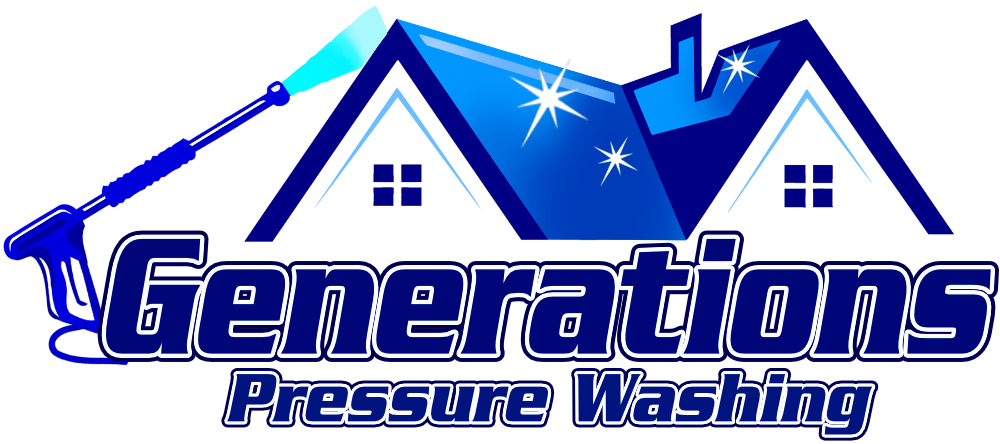Cleaning removes moss, mildew, fungus, and algae from roofs, extending their lifespan. It also helps prevent water leaks.
Power washing uses highly pressurized water to blast away debris, stains, and organisms on a roof. It’s damaging to shingles and can void roofing warranties. Soft washing, on the other hand, is gentler. Learn more by clicking here.
Debris Removal
The accumulated debris from fallen leaves, pine needles, sticks, and branches is often the first sign of roof problems. If left to accumulate, organic debris can block gutters or cause roof leaks, which can damage the structure and interior of your home.
Debris removal is a job that’s best left to professionals, particularly if you’re not comfortable climbing ladders and working on the roof. It’s also important to choose the right day for cleaning, as high winds and rain could increase your risk of injury.
During professional roof washing, highly pressurized water and detergents are used to remove moss, stains, dirt, and grime from the surface of your roof. Specialized chemicals can kill growing roots and spores, and surfactants dissolve thick dirt deposits and loosen caked-on mud. This reveals the condition of tiles, shingles, and other roofing materials and helps to identify areas that require inspection and repair. A thorough roof wash can even reveal structural problems hidden beneath water stains or layers of dirt and grime.
Stains Removal
There are a number of products that can help remove stains from your roof. These products include trisodium phosphate, bleach, and oxygen bleach. However, these products can damage shingles and require that you rinse the surface thoroughly. It is also important to use these chemicals on a cloudy day so that the sun doesn’t dry them.
Another option is to have a professional use a biodegradable roof cleaner, like RMR-86, to clean your roof. This product can kill off algae and other organisms that cause stains on your roof. It also requires rinsing but does not damage other exterior surfaces or harm surrounding plants.
Other options for stain removal during roof washing include using a high-pressure power washer or spraying the roof with a chemical solution. However, these methods can damage shingles and shorten their life expectancy. Therefore, they should only be used as a last resort. You can also take preventative measures, such as trimming the trees around your house, to keep them from promoting algae or moss growth on your roof.
Algae Removal
Algae spores blow on the wind and land on neighboring roofs. Left unchecked, they cause dark streaks that prevent the shingles from reflecting sunlight and shorten their lifespan. A soft wash uses a mixture of water and bleach to kill algae and remove it from the roof. Chlorine bleach is strong enough to kill the spores but weak enough not to damage the shingles or the base layer underneath them.
Afterward, you can cut back shade plants that encourage the growth of unwanted organisms on your roof. Copper strips that run along the bottom edge of your roof are another way to discourage moss and algae from returning. Water running over these strips picks up traces of copper, and the copper is toxic to the organisms.
If you want to try removing moss on your own, climb your roof in the summer after a heavy rain. When moss has retained moisture, it’s easier to scrape off with a stiff brush or a broom. Be sure to rinse any plants that might receive run-off from your roof afterward to avoid bleach stains in the future.
Damage Prevention
Keeping the roof regularly clean is vital to extending the lifespan of shingles and tiles. This process eliminates organisms such as moss, algae and mold that develop into communities that are harmful to the roof’s surface and cause damage that leads to leaks.
It also prevents the build-up of dirt and debris that can cause shingles to crack or break, allowing it to retain its moisture and structural integrity. This reduces the need for expensive repairs and replacements to damaged shingles and tiles, as well as makes it easier for facilities managers and BSCs to locate leak sources that are hard to see when the roof is covered in organic growth or black streaks and stains from algae.
However, the use of pressure washing for a roof can be problematic. If the washing solution isn’t mixed appropriately it can spoil the shingles and tiles. It is also important that a technician uses proper safety gear when washing the roof and that he/she has the proper experience. A small slip from a ladder can be dangerous and even fatal. Next blog post.
